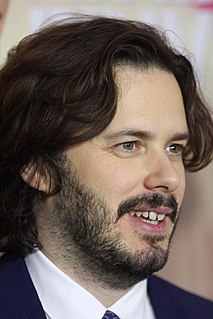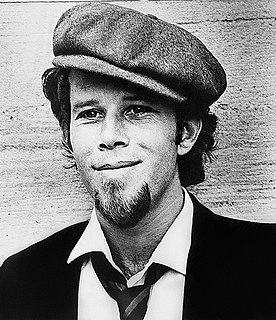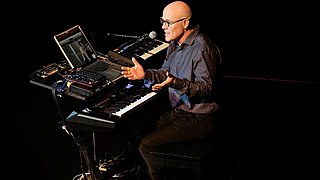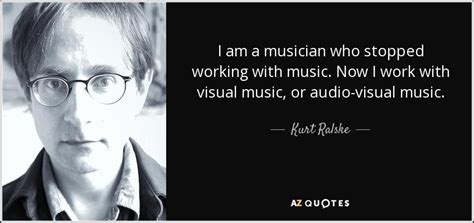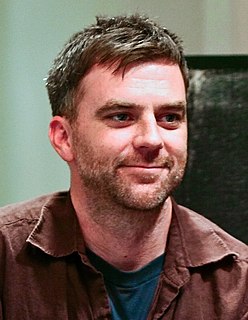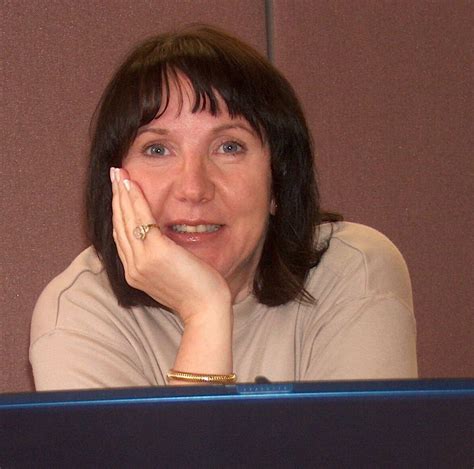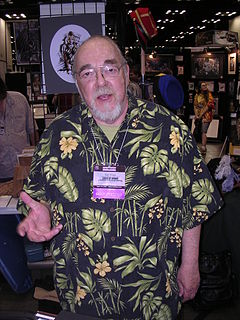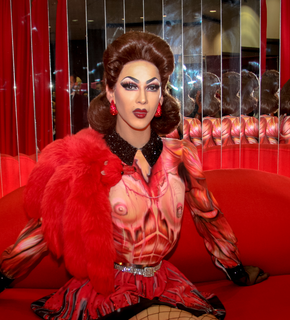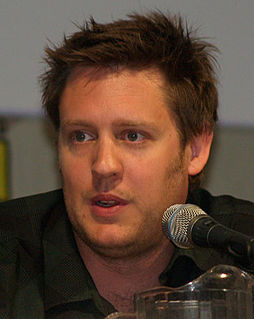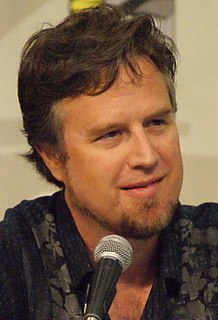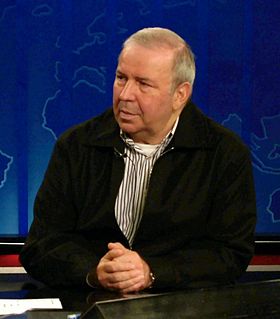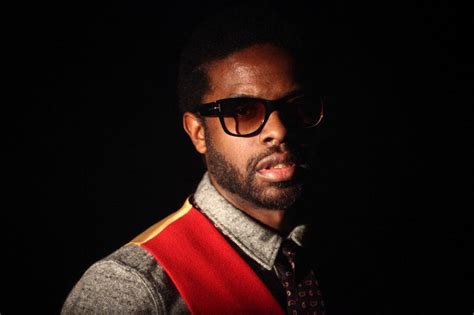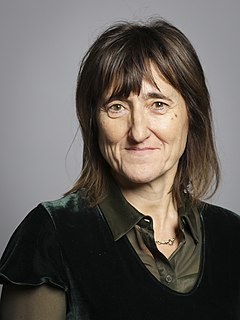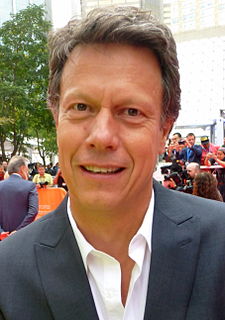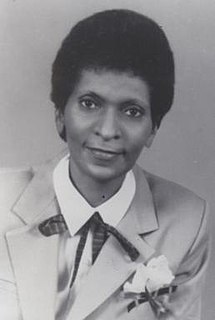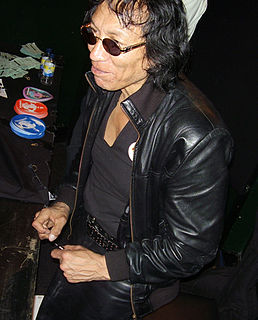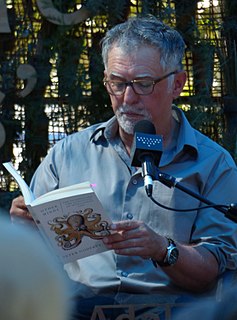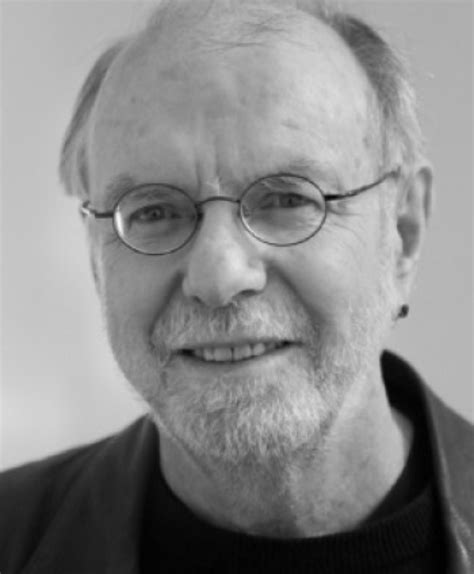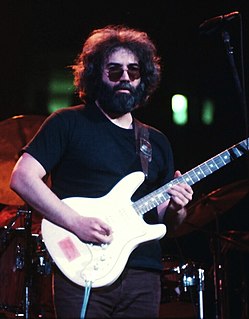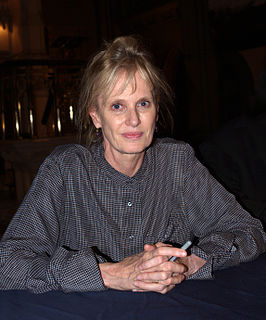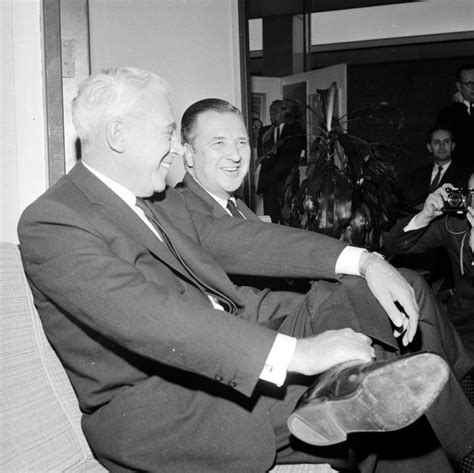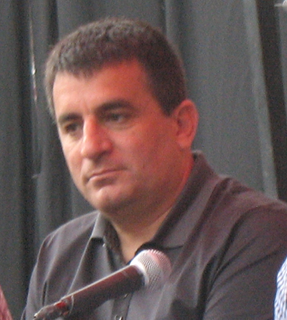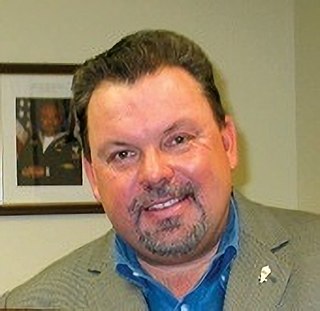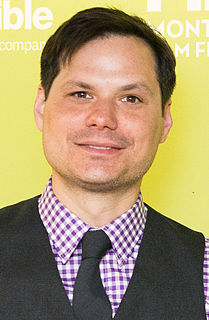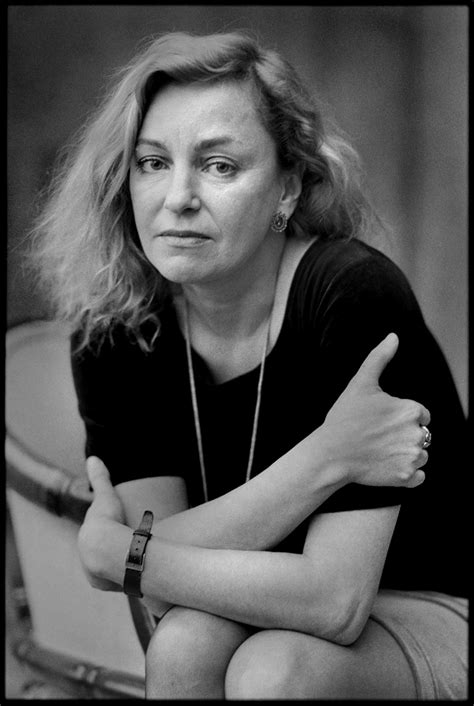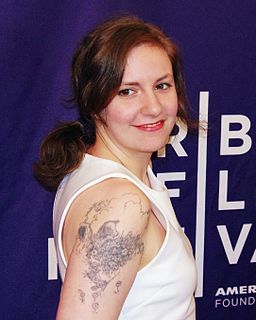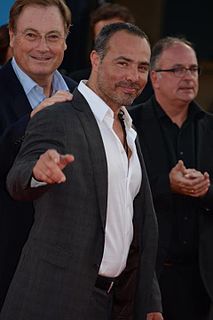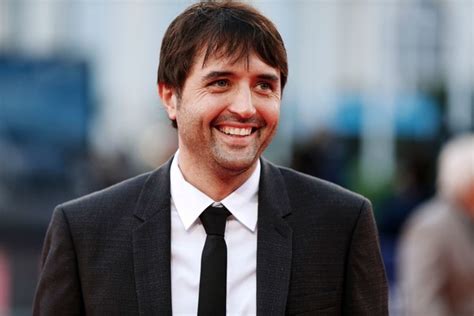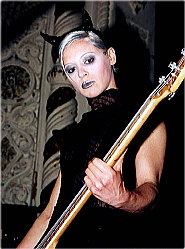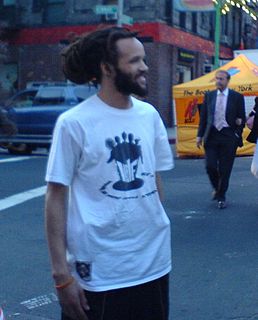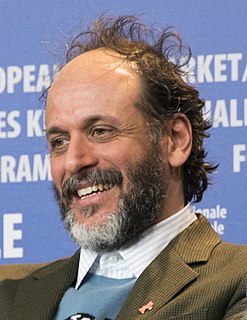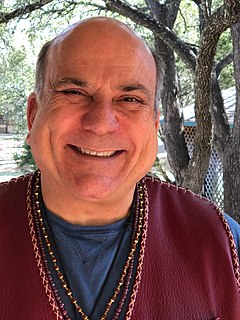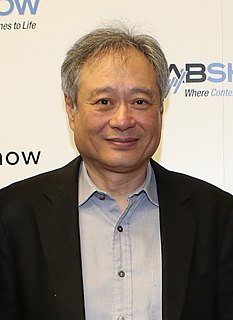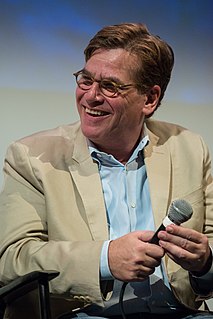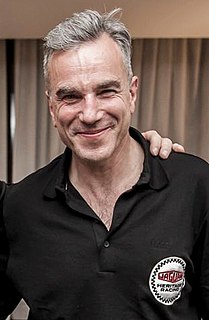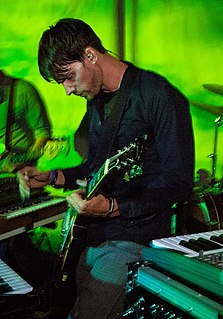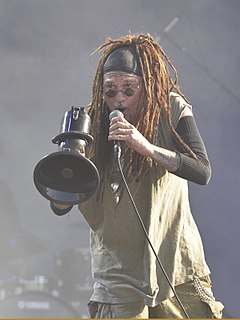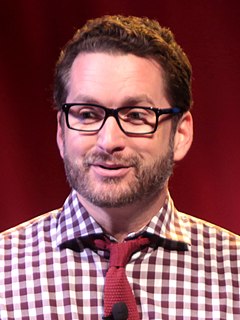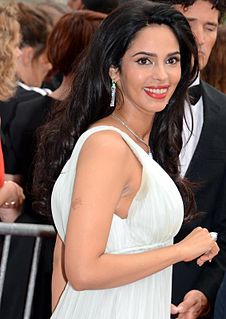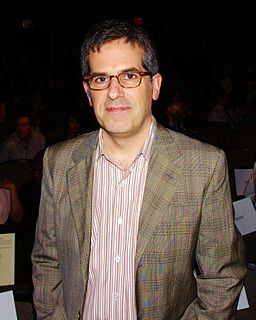Top 1200 Audio Visual Quotes & Sayings
Explore popular Audio Visual quotes.
Last updated on April 14, 2025.
I was at art school that had quite a celebrated film course as well. I tried for that film course when I was 18, but they said I was too young. I tried this audio and visual design course instead. Two years later, I reapplied for that higher course, but they said I was still too young and to try in five years.
Usually in theater, the visual repeats the verbal. The visual dwindles into decoration. But I think with my eyes. For me, the visual is not an afterthought, not an illustration of the text. If it says the same thing as the words, why look? The visual must be so compelling that a deaf man would sit though the performance fascinated.
As far as stimulus from the visual arts specifically, there is today in most of us a visual appetite that is hungry, that is acutely undernourished. One might go so far as to say that Protestants in particular suffer from a form of visual anorexia. It is not that there is a lack of visual stimuli, but rather a lack of wholesomeness of form and content amidst the all-pervasive sensory overload.
My filmmaking education consisted of finding out what filmmakers I liked were watching, then seeing those films. I learned the technical stuff from books and magazines, and with the new technology you can watch entire movies accompanied by audio commentary from the director. You can learn more from John Sturges' audio track on the 'Bad Day at Black Rock' laserdisc than you can in 20 years of film school. Film school is a complete con, because the information is there if you want it.
I wish that I had re-edited 'Theft By Finding' after I did the audio. Because the audio took 40 hours in the studio, and I was standing on my feet. So toward the end of it I'd be looking at certain diary entries and I would think, "Is this really worth my time to read this out loud?" And I would think, "No, it is not." I would have cut out 75 pages, just because I was tired of standing up.
For some years now, I've been doing a program called "Sinatra Sings Sinatra." It's been going on virtually since the end of '98. Nineteen ninety-eight was the year Frank Sinatra died. ... Now having reached what would have been his 100th year - I decided back in 2013 when we started to put all of this together, I decided what we should do was the first "Sinatra Sings Sinatra" in which we go audio visual.
The devices that our kids use are shipped from the factory with every possible audio, visual or vibration alert switched on. Each new app, website, tweet and message adds another layer of intrusion - each intrusion is cynically designed to get a response, and each response creates an appetite for another intrusion.
There is a lot of money to be made from miseducation, from the easy to read easy to learn textbooks, workbooks, teacher manuals, educational games and visual aids. The textbook business is more than a billion-dollar-a-year industry and some of its biggest profits come from 'audio-visual aids' - flash cards, tape cassettes, and filmstrips. No wonder the education industry encourages schools to focus on surface education.
I work with digital audio, which is like sculpting, a form of chiseling down metal or wood. And I take audio and move it back and forth between the analog and digital realms and work with it almost like a plastic art until it takes forms in different shapes. And I use those figurines that come out of that type of work.
I'm a big fan of fiction film where you have a story and you have to transform that into a visual language, basically working with actors and also transforming that into how you pronounce that in the visual language of the shots, the construction of the shots and the lighting. All of that appealed to me from the beginning of my career at the university. When I graduated from the university, I wanted to deal mainly with that, with the visual aspect of the movie.
I was a musician who began playing with computers, to see if they could make some tasks simpler. I developed some "tricks" or strategies for working with audio files, and then discovered that the same tricks could be applied to video files, or really, any type of data. Previously I made many different kinds of music. I did some work as a composer of film scores. In that role, my task was to create audio to match and deepen the visual. In my work now, the role is often reversed: I have to create images to match and deepen the audio.
My personal style at this point in my life is more audio; it's more driven on less visual and more musicality. But because of my upbringing, my fabulous mentors and teachers that I've had throughout my dance journey or career, I also possess a style that is of the past. It was just a matter of me reaching back.
This amazing breakthrough full-length revolutionary audio uses a powerful new combination of a subliminal hypnotic induction AND beautiful original music (created with a really cool ancient musical instrument) AND brand-new subliminal clearing commands ALL designed to begin to clear your unconscious blocks of anything and everything in the way of your attracting what you really want – and this incredible one-hour audio does it without any effort at all on your part!
The advice I would give to any photographer - young, old or in-between - is to explore anything visual because this is, after all, how you express your artistry. Look at paintings, movies, drawings, sculptures - look at anything visual and try to integrate that into your visual sense. After that, go out and take pictures and keep on taking pictures!
